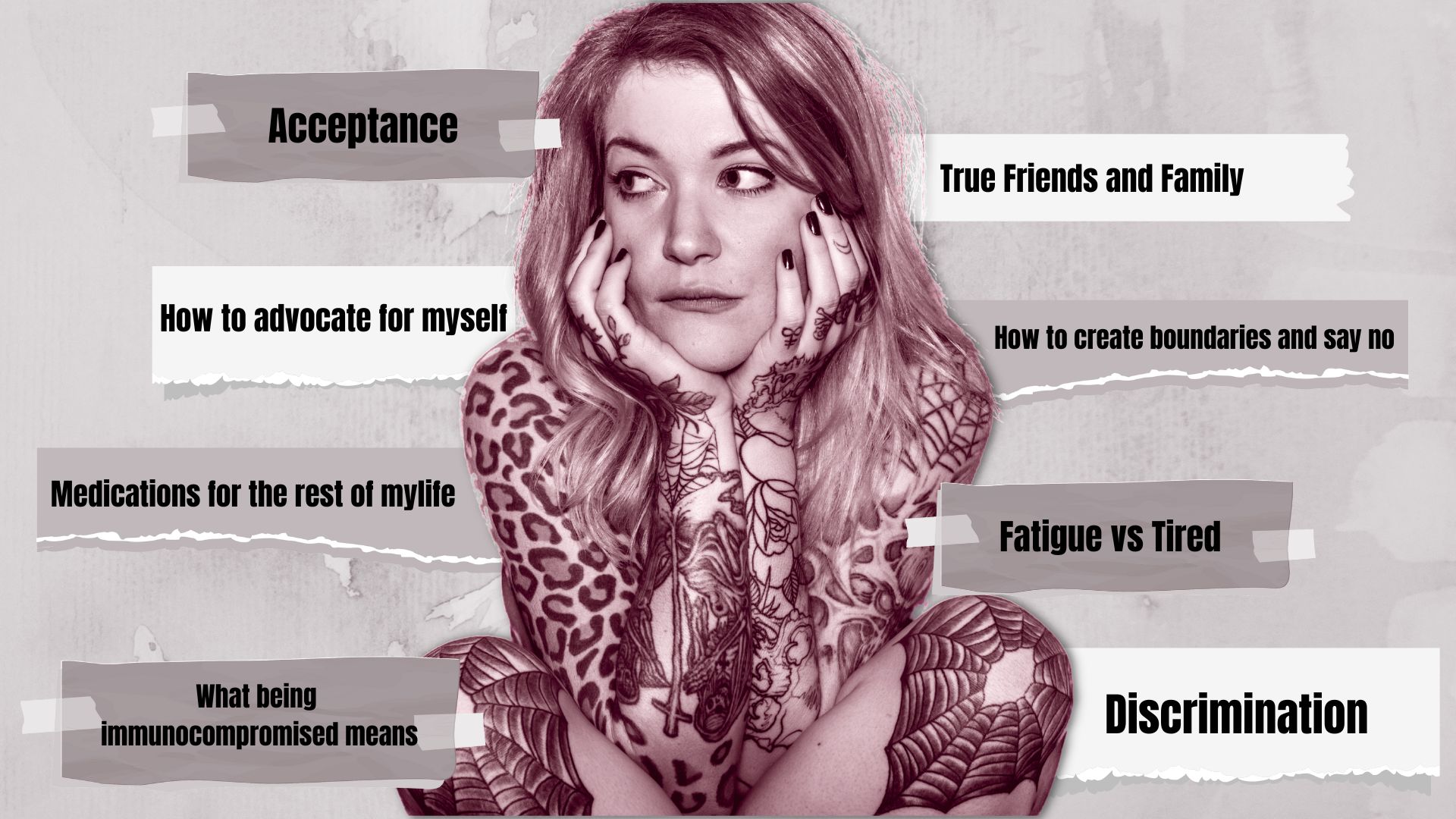

It may have once felt taboo to ask your doctor about medical marijuana for the treatment of pain associated with your underlying condition. However, it’s something that patients ask rheumatologists for guidance and help with, per a new review article from CreakyJoints published in Current Rheumatology Reports.
The legalization and decriminalization of cannabis at the state level both reflects and promotes shifting attitudes about cannabis when it comes to its use across a range of conditions, including rheumatic disease. More than 90 percent of Americans now support the legal use of medical marijuana, per the review. Use of medical marijuana is consistently higher among individuals ages 18 to 34 years, but is increasing across all age groups.
In a survey of 1,059 people with rheumatic disease conducted by CreakyJoints in 2019, 57 percent had tried medicinal cannabis at least once, most commonly for pain (96 percent). And whether they had used it or not, 66 percent said they wanted more information about it and 54 percent said they preferred to have that information come from their physician.
There are now several remaining in which cannabis use has not been legalized or decriminalized. Although prescribing marijuana is still illegal under federal law, Congress has barred the Department of Justice from using taxpayer money to stop states from implementing their own laws regarding medical marijuana.
Strong animal evidence shows that cannabis-based products can alleviate pain and reduce inflammation. And, although attitudes about medical marijuana are shifting, the variable state and federal statutes still hamper research, provider education, and patients’ comfort with talking to their doctors about using such therapies.
“In 2019, CreakyJoints presented data from our ArthritisPower Research Registry study showing more than half of arthritis patients reported wanting information on or actually had tried marijuana and/or cannabidiol products for a purpose they perceived as medical (often for pain relief and help sleeping) and yet, three years later, there’s been virtually no advancement in the research necessary to provide clinical evidence that rheumatologists and patients need to make decisions about cannabis use for symptom relief in combination with approved treatments,” said W. Benjamin Nowell, PhD, Director of Patient-Centered Research at CreakyJoints and principal investigator of the ArthritisPower Research Registry.
That research is necessary to develop clinical guidelines for medicinal cannabis in the United States, which would allow patients to seek the full range of treatment options with their physicians.
Currently, only three cannabis-based medications are approved by the U.S. Food and Drug Administration for cancer and epilepsy. None of them are for pain treatment or other symptoms related to rheumatic conditions.
It’s important for patients using cannabis products to speak openly with their doctor to avoid potential drug interactions and other risks. For instance, people with comorbid heart disease or seizure disorders should know that THC (the main psychoactive compound in marijuana) and CBD (a chemical found in marijuana) may lower plasma concentrations of the blood thinner clopidogrel and some anti-seizure medications.
As we wait for more research and guidelines to become available, CreakyJoints recommends that rheumatologists and other health care providers prepare to discuss medicinal cannabis with patients in an objective and empathetic way.
For example:
- Ensure patients understand medical cannabis is not an alternative to standard-of-care and guideline-based treatments, which should be continued.
- Explain that the available dose and purity of cannabis products is variable because of the lack of standardization and regulation by a body such as the FDA.
- Consider the most common reasons why patients have interest in medicinal cannabis, particularly pain relief and/or sleep promotion and offer alternative treatments, including nonpharmacologic modalities first, but also acknowledge that some individuals may prefer a trial of medical cannabis over other options, including opioids.
- Recognize some individuals may have symptomatic relief with medicinal cannabis, but educate patients about the lack of clinical research.
- Ensure understanding of short-term adverse events, including immediate psychomotor effects, dizziness, appetite changes, effect on mood, which are likely to be the same in people with rheumatic disease as in the general population and warn of the unknown long-term risks of medical cannabis.
- Discourage medicinal cannabis use in patients with rheumatic disease who are under age 25. This is because the brain is still developing up into your mid-twenties.
- Support the urgent need for further research regarding the effects of medical cannabis in rheumatic disease.
Be Part of Research with ArthritisPower
Join CreakyJoints’ patient-centered research registry and participate in voluntary studies about managing arthritis. Learn more and sign up here.
Nowell WB, et al. Cannabis for Rheumatic Disease Pain: a Review of Current Literature. Current Rheumatology Reports. February 16, 2022. https://doi.org/10.1007/s11926-022-01065-7.





